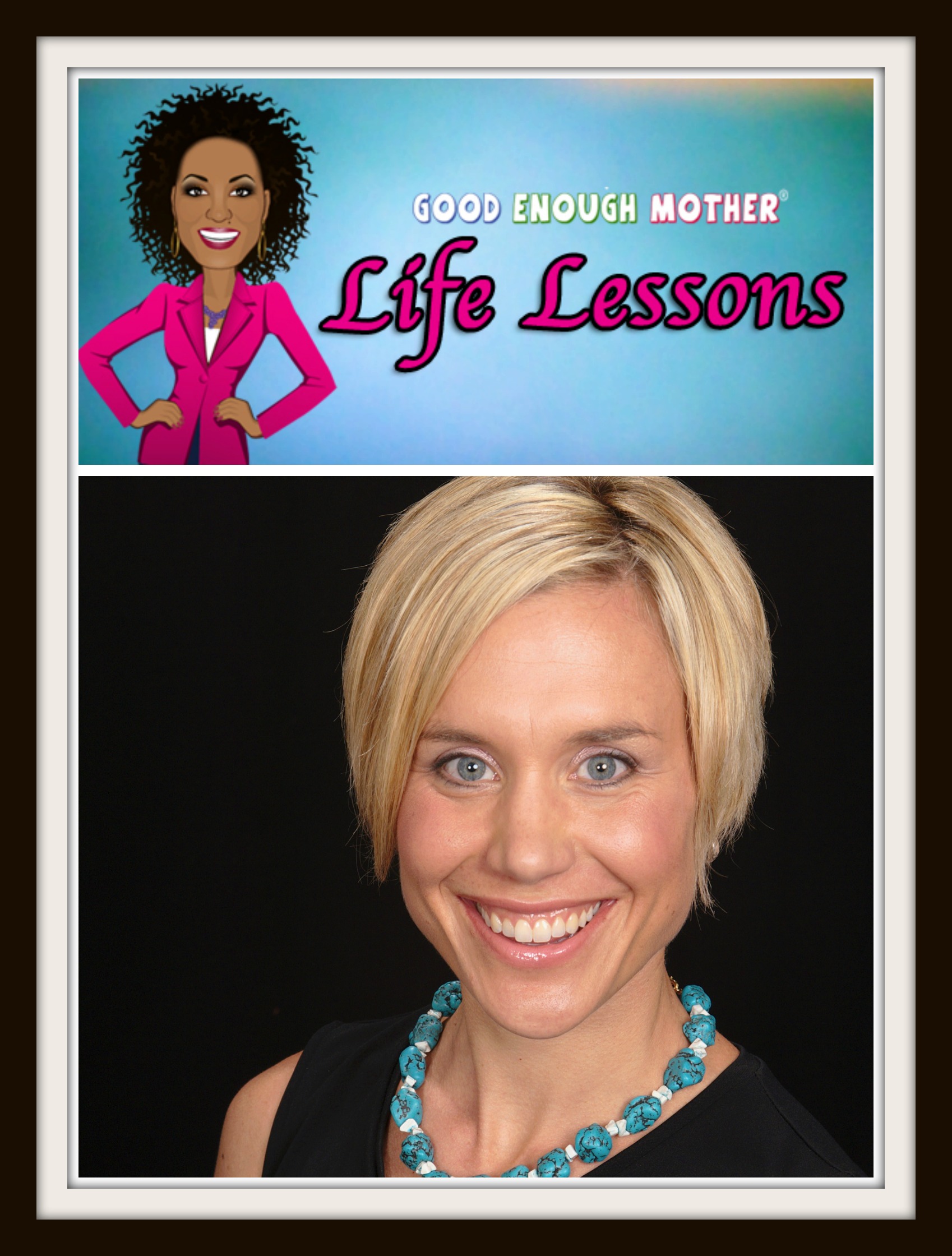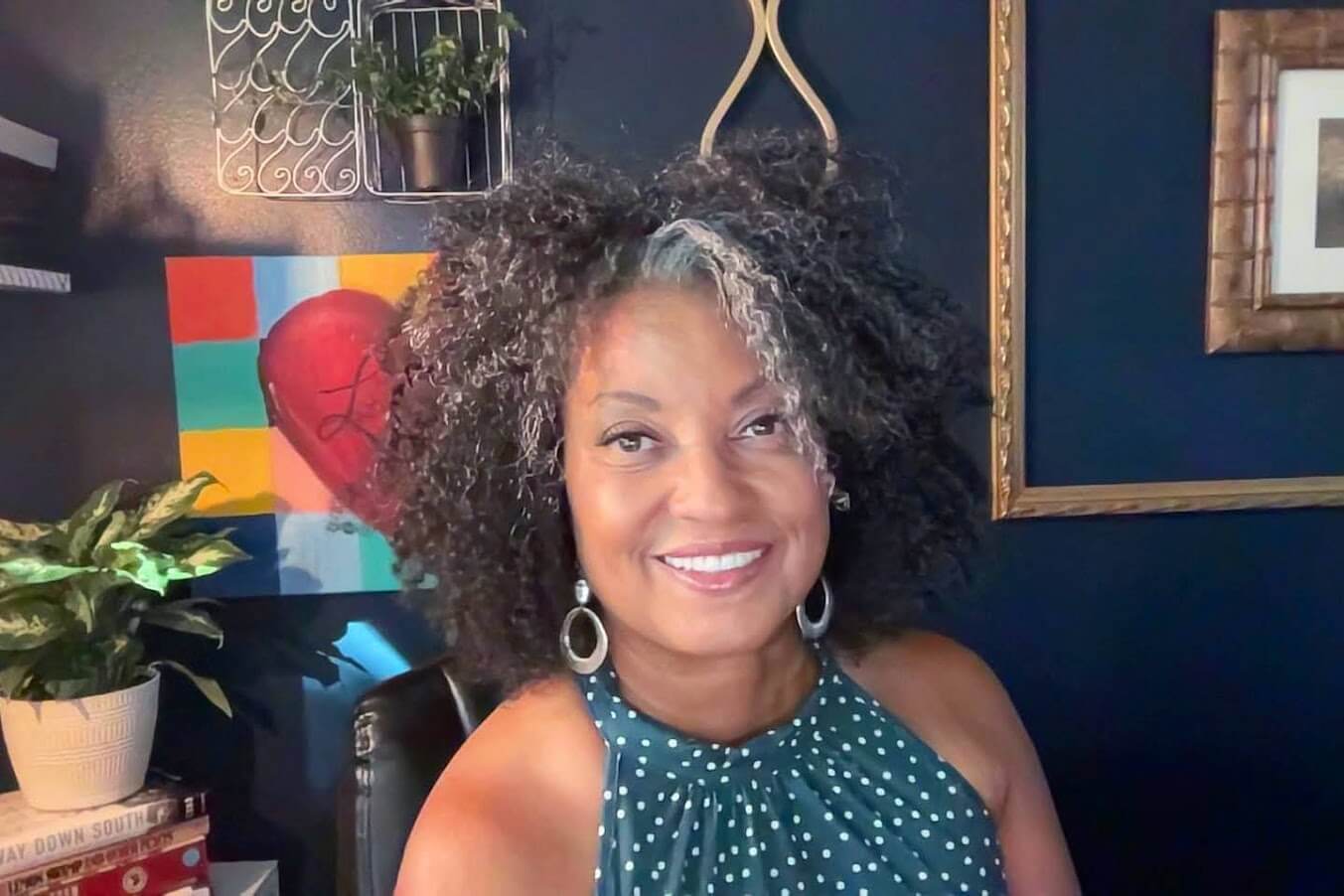Our Story Begins:
Can You Tell Me How to Get to Sesame Street?
News came down this week that showed the world has completely changed, and I’m not necessarily sure it’s for the better.
Sesame Street eliminated some of its most iconic characters.
I’m not talking Grover or Cookie Monster or even Oscar the Grouch. I mean the human beings that made Sesame Street a real-world kind of place. Sure, it was modeled after an almost New York style street, with trash cans and Brownstones and all that. But there was a little something every kid in my generation could see and relate to without even really realizing it.
First, in case you hadn’t noticed, this was a street that showed a little of everyone. Not just monsters and Muppets. It had a white man (Bob), Latinos (Maria and Luis), African-Americans (Susan and Gordon), and even older people (Mr. Hooper). Second, the street, though idealized, it wasn’t perfect. It wasn’t “clean” or sterilized – it was a street. Garbage cans were there on the street. People did have conflicts and didn’t get along.
Related: Live, Love Blend: Should You Let Your Kids See You Fight?
What bothers me so much about the sort of unceremonious end of the human beings is that these people are part of our lives. While HBO is looking to make the show centered more toward the kids who are living in a technological world and watching on phones and iPads and smart TV’s, they don’t take a few things into account by getting rid of the older generation of the show’s stars. Younger people, yes, can relate to younger actors. What the show did at its best, though, was deal with the real world. Sesame Street dealt with difference by having clashes and arguments and differences in the humans and the Muppets. When the actor who played Mr. Hooper passed away they dealt with it in the most amazing way and had Big Bird have to deal with the fact that his best friend won’t be there any more. That’s a real world scenario.
Keeping the older generation in the show allows parents like me to talk about what they watched on Sesame Street and relate to both. My kids had, for a long time, grandparents and great-grandparents. They saw relatives and it wasn’t a strange thing for them to be around older generations. Cleansing the show of that knowledge, those conversations and those ideas is eliminating talk with kids and parents and eliminates relating to what the show used to be versus what it is now.
The show was so good at its peak in the 1970s of adding seriousness and humor. Muppet News Flashes showed Rapunzel so high up in the tower she couldn’t hear Prince Charming’s shouts. Jack Be Nimble threatened to sue Mother Goose for injuries jumping over a candlestick. In our zeal to make more education and more correct and fast, quick pieces we may very well have eliminated what made the show such a great teacher in the first place. The TV didn’t ruin us, it actually could help us, make us laugh, and give us memories. Kermit the Frog isn’t just from the Muppet Show, he’s a roving reporter . . . and so am I.
Not that it’s all bad. Benedict Cumberbatch with “Murrayarity the Muppet” is hilarious. So was Duck Walk Empire. But small segments don’t an entire show make.
While some societal ideals have changed, which requires a disclaimer on the DVDs of the original Sesame Street episodes, some parents – like relatives of mine – have foregone the new Sesame Street to show the old ones from the 1960s and 1970s. Maybe it’s just because they are nostalgic. Maybe it’s because they are like me, getting older and grumpier.
Or maybe . . . they just reflected life a little more closely then. Only time will tell if the show has the impact on the next generation.
But feel free to disagree with me. Maybe you like the new episodes, maybe you don’t, but at least . . . the show still has us talking.











